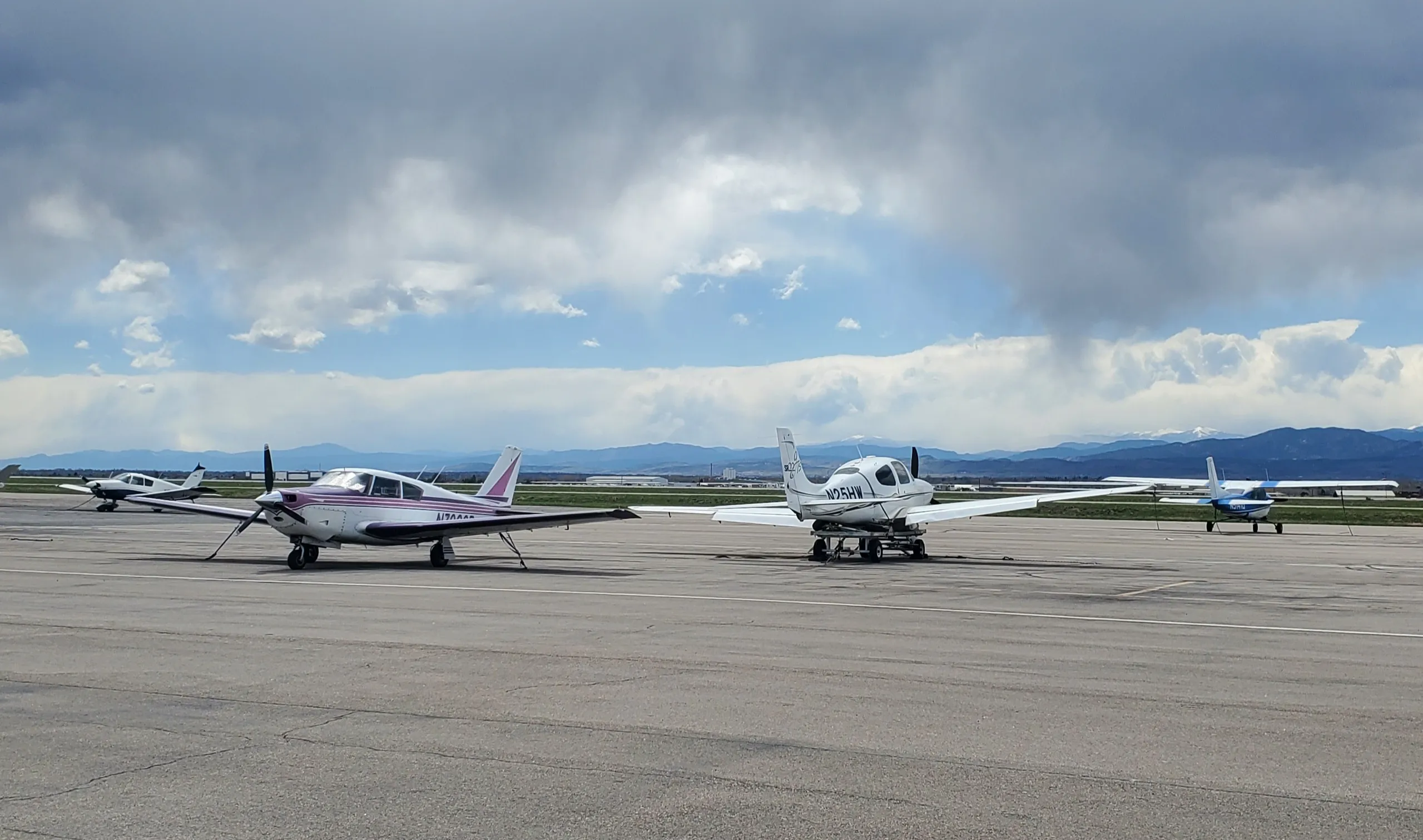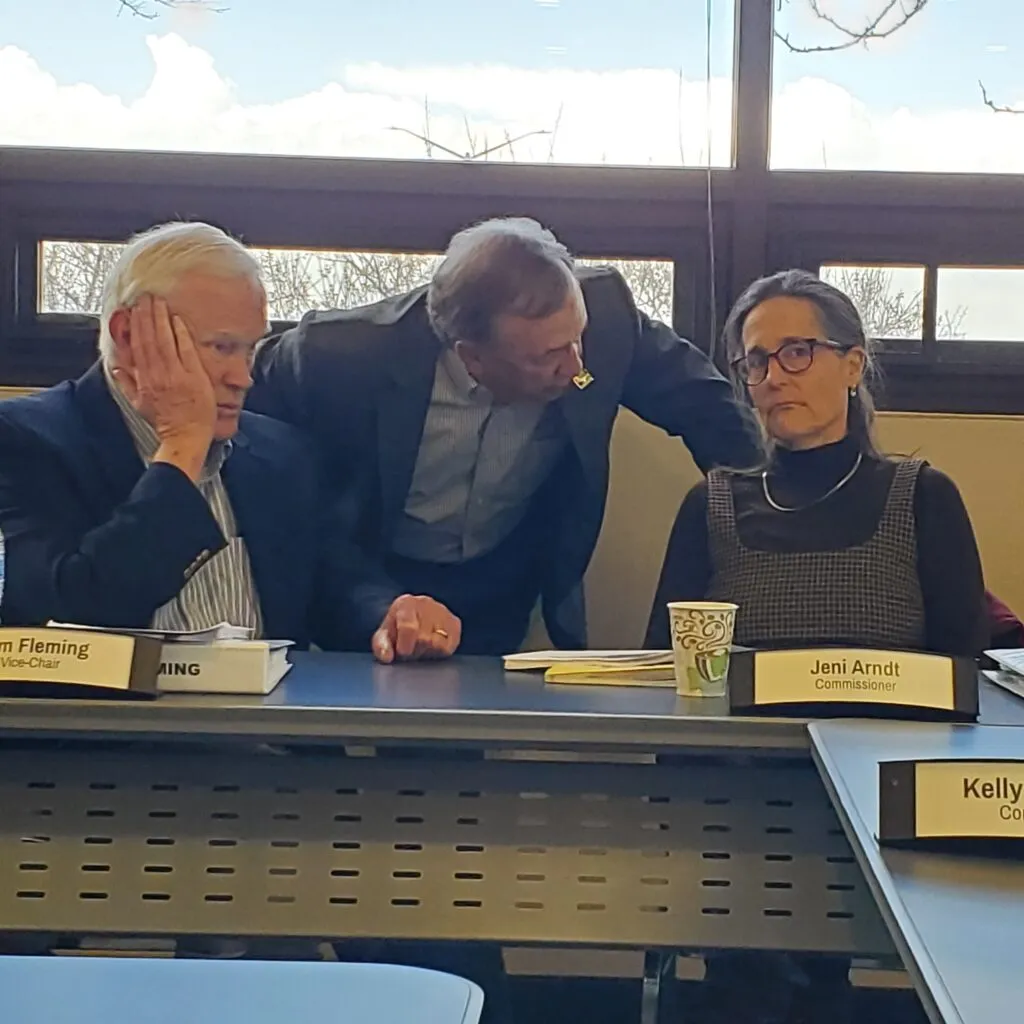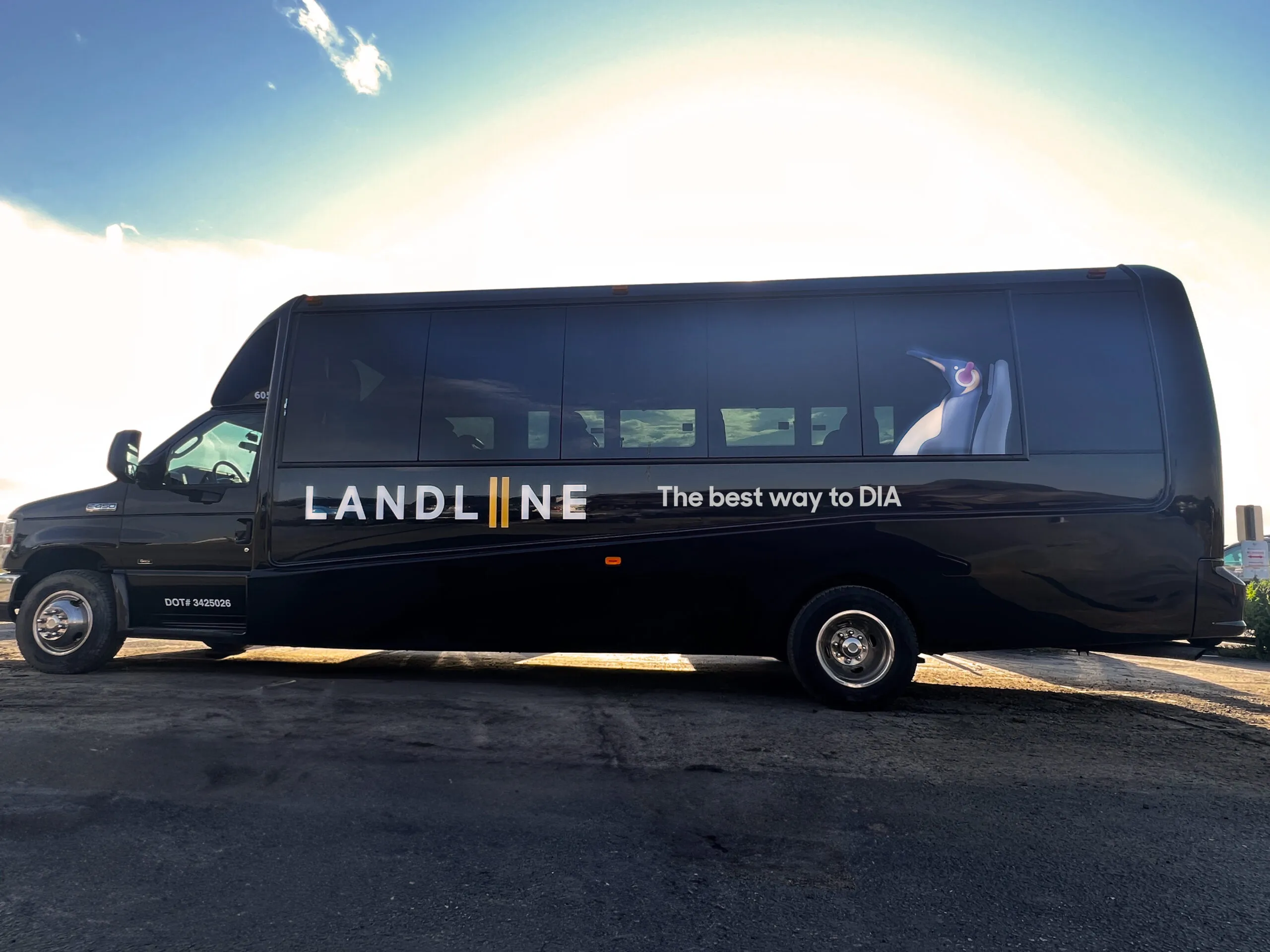New hangar report encourages displaced aircraft owners

LOVELAND – The findings of a new and more positive structural study of two previously condemned general-aviation hangar buildings at Northern Colorado Regional Airport mean some owners of private aircraft will have more time to keep their planes housed there — and additional analysis could mean they may not have to move at all for several years.
“What I heard was awfully encouraging,” airport commissioner Jerry Stooksbury told a standing-room-only audience at the panel’s regular Thursday meeting. “The sky’s not falling, nor are the buildings.”

THIS ARTICLE IS FOR SUBSCRIBERS ONLY
Continue reading for less than $3 per week!
Get a month of award-winning local business news, trends and insights
Access award-winning content today!





